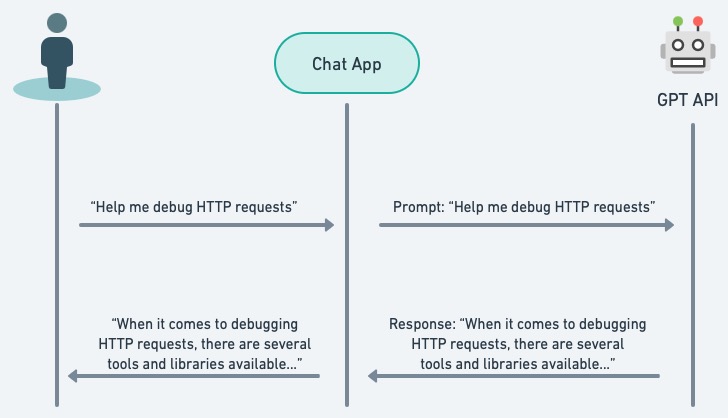ChatGPT vs. GPT: What's the difference?
Are you one of the ChatGPT enthusiasts who enjoy exploring the intricacies of artificial intelligence, or do you prefer to simply benefit from its capabilities without getting into the technical details? I found myself in the latter category, often using the terms ChatGPT and GPT interchangeably. However, it's essential to understand that they are not the same. Referring to ChatGPT as GPT is akin to mistaking a Dell computer for the Intel processor that powers it.

The Basics:
While both ChatGPT and GPT are products of OpenAI, there exists a significant divergence:
GPT (Generative Pre-trained Transformer) is a series of AI models trained on vast amounts of internet data. These models empower AI applications to generate text and are among the most extensive neural networks available. For instance, GPT-4 is rumored to have trillions of parameters, enabling it to process inputs and produce text outputs that align with the input.

On the other hand, ChatGPT is an AI chatbot that utilizes the models from GPT to engage with users in conversational interactions. It is tailored for dialogue through human training and leverages GPT's parameters to furnish coherent text responses. OpenAI has integrated content filters to ensure ChatGPT stays on track and remains contextually relevant.
Understanding the Analogy:
To draw a comparison, think of ChatGPT as a Dell computer with GPT serving as the Intel processor. Similar to how different computers can run on Intel processors, various AI applications can operate using the GPT models.

ChatGPT functions as a web application that facilitates interactive conversations, bridging the gap between users and AI technology. With advancements like GPT-4o, ChatGPT can extend its capabilities to tasks such as image analysis and voice-based interactions, showcasing the versatility of the underlying GPT models.




















